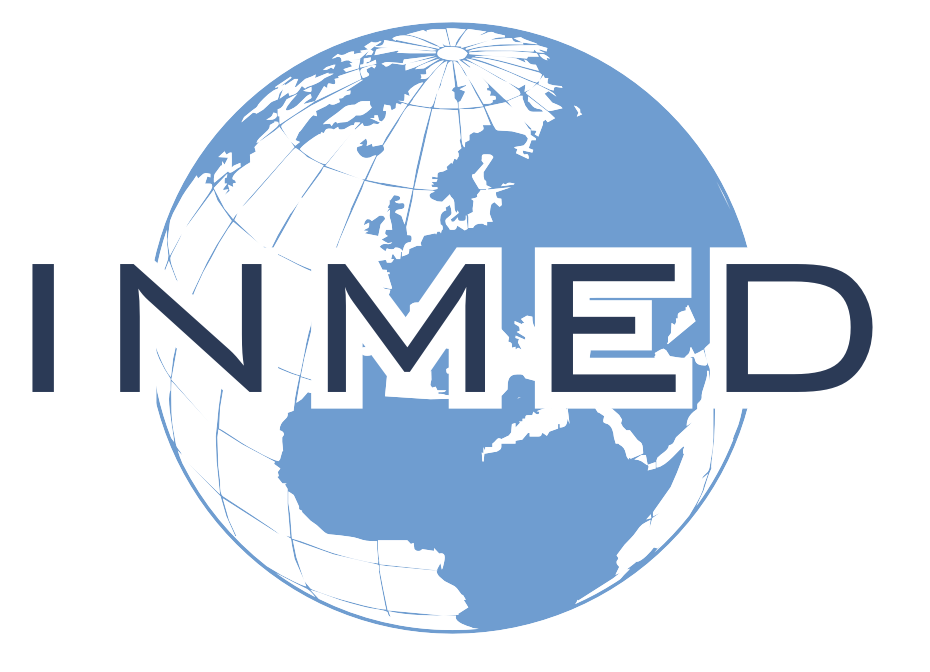The patient community in Chiang Rai is diverse in age, occupation, and cultural practice. Most patients presenting to the outpatient clinic are middle aged and come for follow-ups on chronic conditions such as hypertension, diabetes, gout, dyslipidemia. These are predominately poorer people, including Thai farmers, as well as immigrants from Myanmar and Laos. Respiratory diseases, including COPD and lung cancers, are particularly common and associated with the severe air pollution that occurs from biomass burning. Tropical diseases also remain significant common. Tuberculosis, dengue fever, leptospirosis, necrotizing fasciitis, and typhoid fever are among the most frequently seen in Chiang Rai and northern Thailand.
Due to separate culture, education, and work opportunities, hill tribe people are among the poorest in Chiang Rai. They have poor access to healthcare because of their remote living areas in the mountains and thus, come to the hospital infrequently.
Thailand has a universal health care coverage system, and medical fees are covered for citizens – though some more expensive prescription medications are not covered. Non-citizens can pay for a healthcare card that offers similar coverage, but illegal immigrants are not covered and often cannot afford healthcare. Despite having universal healthcare, many patients cannot afford transportation to the hospital and simply are too disabled to travel.
Become more familiar with Thailand’s culture, history and economy by reviewing the Wikipedia Thailand Profile. Rich resources for Angola health information include the Institute for Health Metrics and Evaluation IHME Thailand Country Profile and the World Health Organization’s Humanitarian Data Exchange for Thailand.
